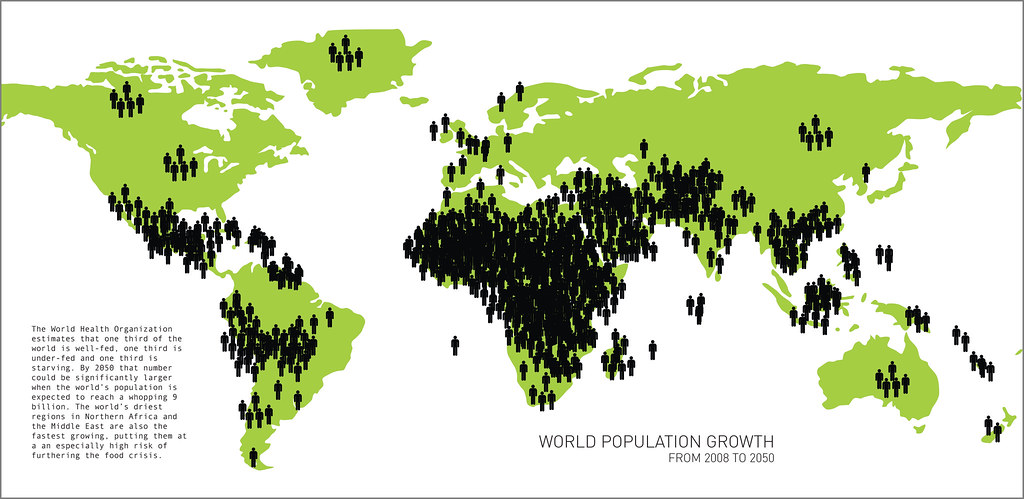The global landscape of Christianity is continually evolving, shaped by a myriad of socio-cultural, historical, and theological factors. As we peer into the near future, specifically towards 2025, we find ourselves grappling with a profound and multifaceted question: What will the population of Christians be worldwide, and what will it signify for the broader narrative of global faith? The observation that Christianity has both flourished and faced decline in various regions prompts a deeper examination into the currents that propel this dynamic faith tradition.
Christianity’s reach extends far beyond the historical confines of Europe and North America, traversing continents and cultures. Currently, Christians number about 2.3 billion globally, representing a significant plurality of the world’s population. By 2025, projections suggest that this number may rise, albeit with considerable regional disparities. Africa continues to be a burgeoning center for Christian expansion, while Europe grapples with a decline in church attendance and theological engagement.
The complexities of population growth among Christians can be attributed to various underlying factors. For instance, in sub-Saharan Africa, the explosive growth of Christianity is often associated with cultural revitalization and a quest for socio-economic stability. Many communities are gravitating towards Christianity in search of hope, purpose, and an antidote to the tumultuous histories marked by colonization, civil war, and poverty. It signals more than mere numerical growth; it embodies a pivotal cultural shift, one towards a new identity forged in faith.
Meanwhile, the intricacies of global migration play a significant role in shaping the demographics of Christianity. Migration, whether due to economic aspirations or fleeing conflict, introduces a diverse array of philosophies and traditions to new locales. Immigrant communities often bring their religious practices with them, establishing vibrant congregations that enrich the Christian tapestry of their new homes. This cultural intermingling not only contributes to numerical growth but also challenges established paradigms about faith, identity, and community, fostering a dynamic dialogue that harkens back to the very essence of the Christian message.
Furthermore, the digital revolution has transformed how faith is experienced and disseminated. With the pervasive reach of the internet, theological discourse, worship practices, and community engagement transcends geographical limitations. Virtual congregations and online ministries have become lifelines, particularly during times of social distancing. In essence, the digital age has allowed Christianity to reach individuals who may never step foot in a physical church, ushering in new believers and revitalizing the Passion among existing members. The tools for evangelism have been redefined, enabling a resurgence of interest in Christianity, particularly among younger demographics who congregate online rather than in traditional settings.
Contrasting with regions of growth are those where Christianity is experiencing a decline, a phenomenon most noticeably observed in parts of Europe. Countries that were once bastions of Christendom are now witnessing a troubling trend of secularization and disaffection with religious practices. The waning influence of institutional churches echoes a broader cultural shift towards individualism, skepticism, and pluralism. Yet, within this context, one must assess not only the numbers but also the implications of a less overtly Christian society. The existential quest for meaning persists, leading to an exploration of spirituality that may redefine Christianity’s engagement within these spaces.
As we contemplate the state of global Christianity in 2025, it is imperative to consider the role of education and theological formation in these various contexts. The burgeoning churches in Africa, Asia, and Latin America emphasize a form of orthodoxy that is both accessible and transformative. Meanwhile, a revival of interest in theological education in the Western world serves as a counter-narrative to secular disengagement. Institutions are adapting to equip leaders who understand the nuances of modern spirituality and the challenges faced by contemporary Christians. This synthesis of traditional doctrinal fidelity with innovative thought is critical as the church navigates its role in a rapidly changing world.
Moreover, the concept of ecumenism has gained renewed importance as a response to the fragmentation within Christianity. In a world that is increasingly pluralistic, dialogues among various Christian denominations can foster unity and collaborative action. This unity can be a powerful witness in addressing global issues such as poverty, injustice, and climate change — issues that resonate deeply within the Christian ethos. The future of Christianity, therefore, is not solely predicated on numbers but is profoundly influenced by the alignment of principles that underscore the faith.
In grappling with the realities of Christian population dynamics by 2025, it is evident that the church is in a state of transition, embodying a complex interplay of growth and decline. The future landscape will be marked not just by the sheer number of adherents but by the vibrancy, depth, and authenticity of their faith journeys. The multiplicity of expressions and encounters — both joyful and challenging — will undoubtedly shape the narrative of Christianity in the coming years. In light of this, a thoughtful examination of the trajectories of this global faith will provide invaluable insights as we approach the landmark year of 2025.



